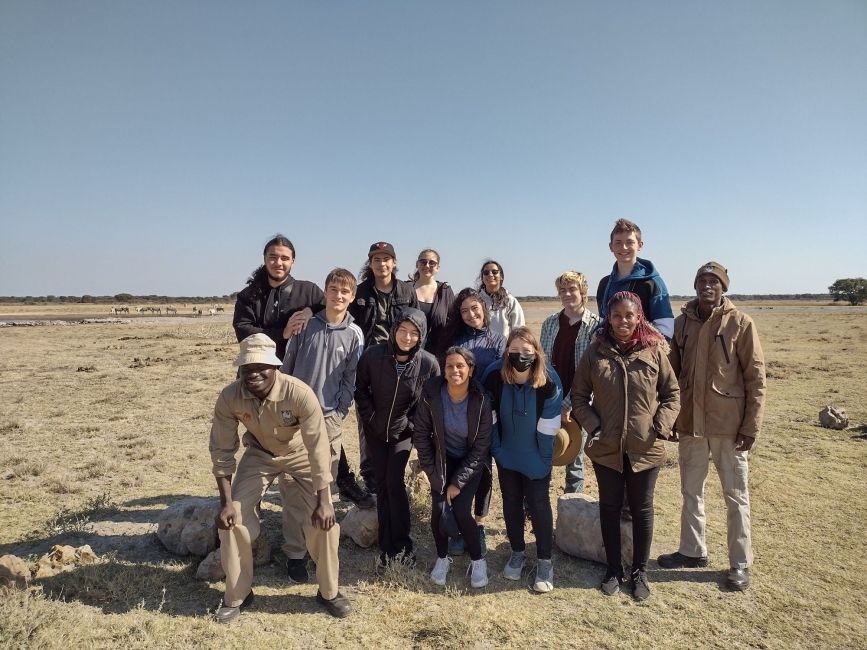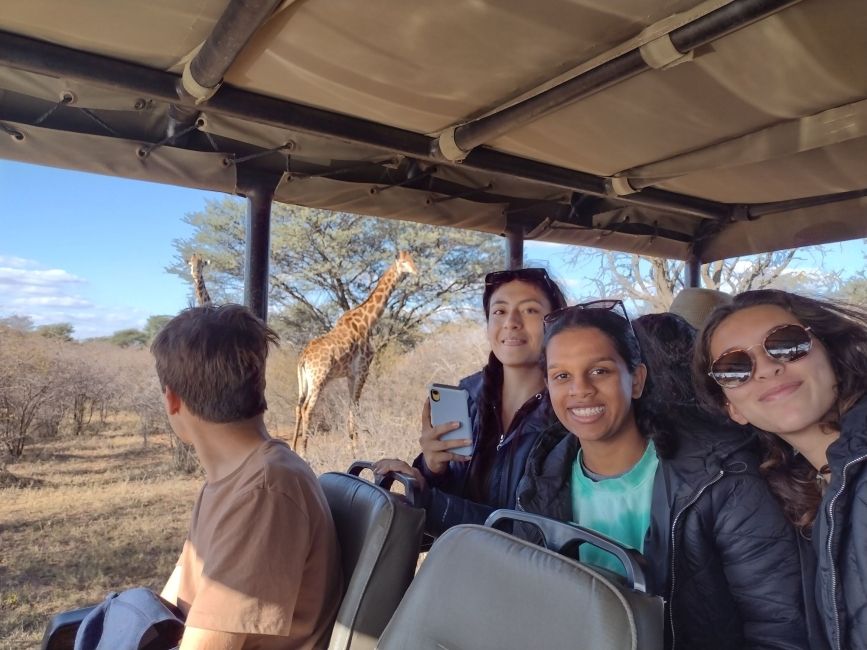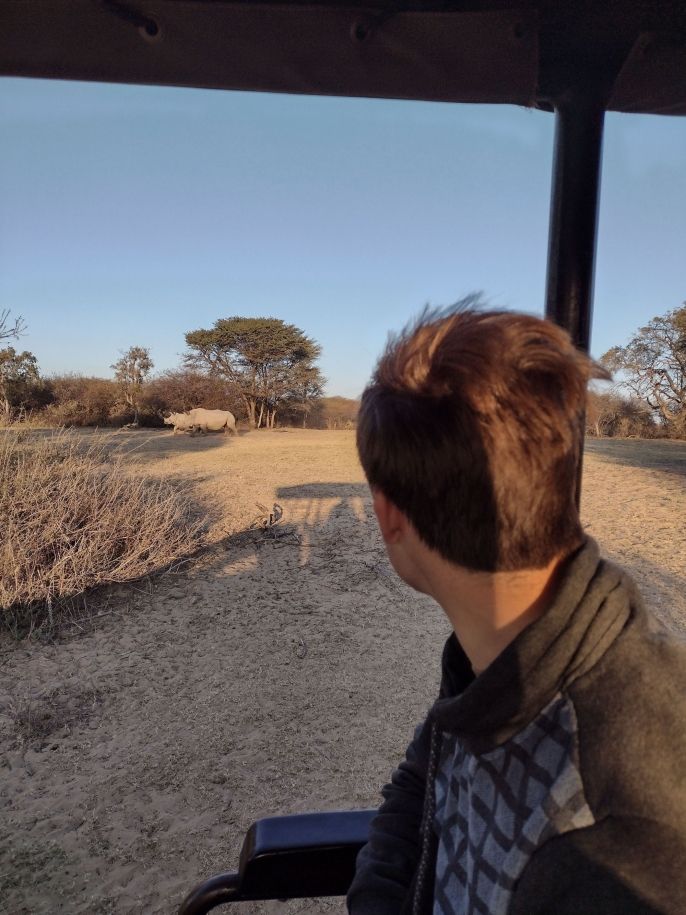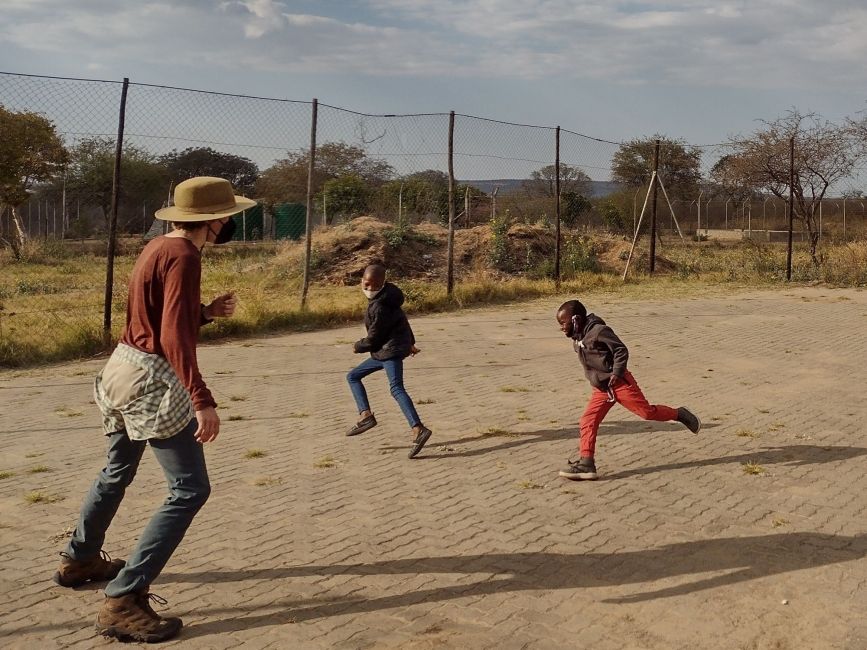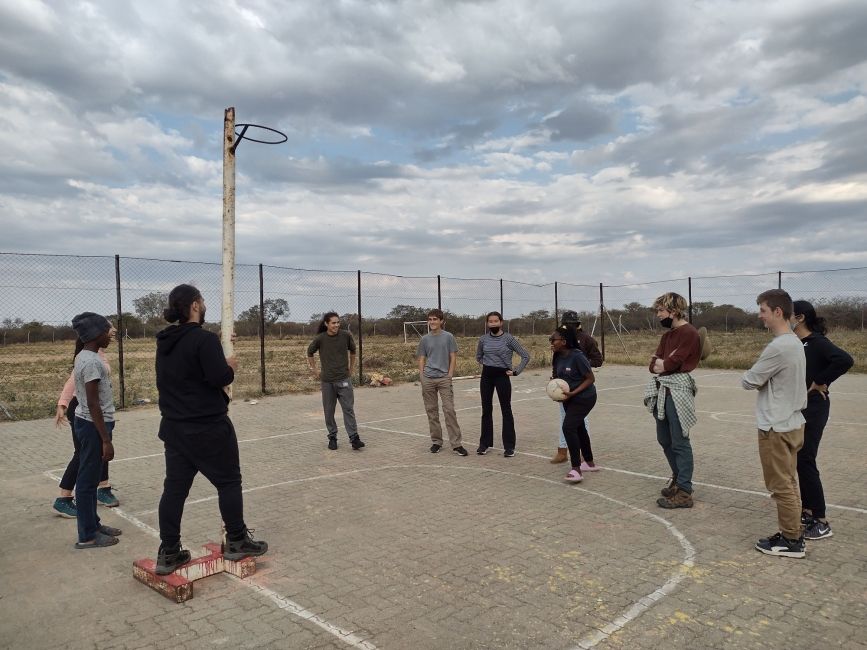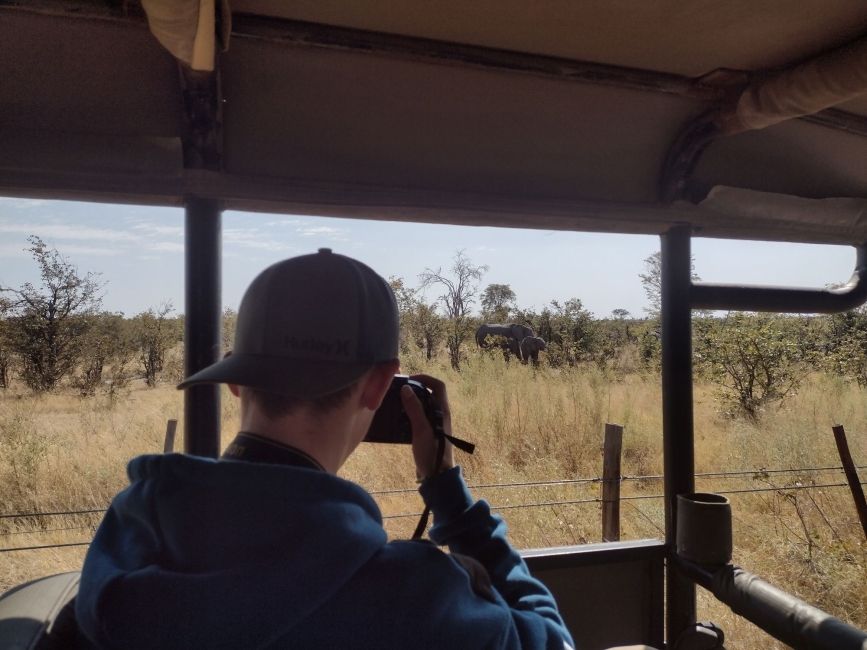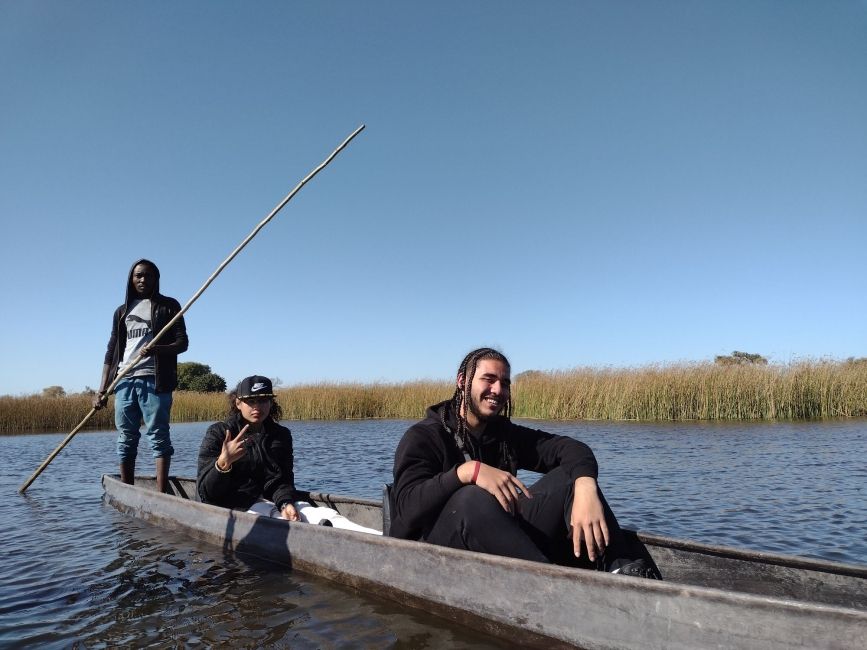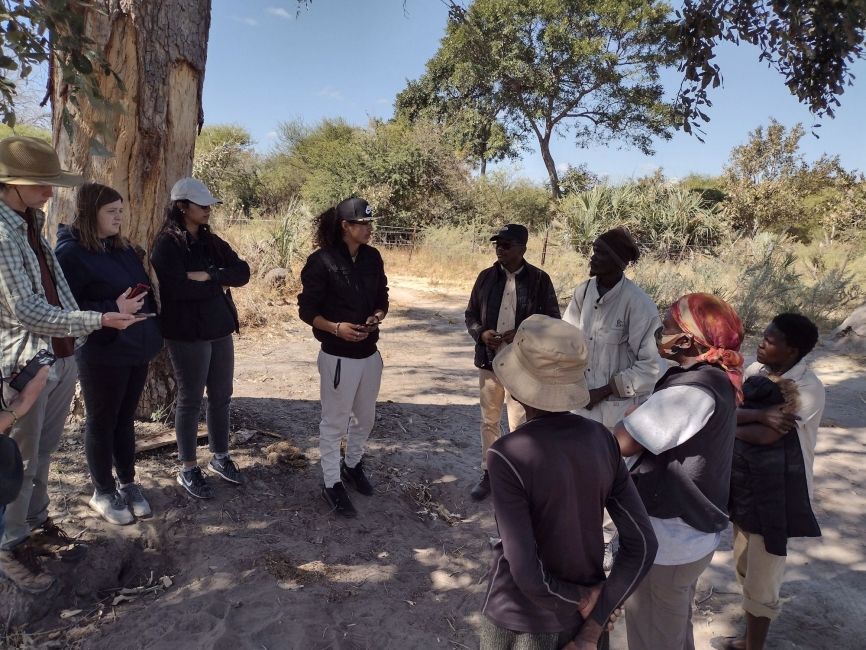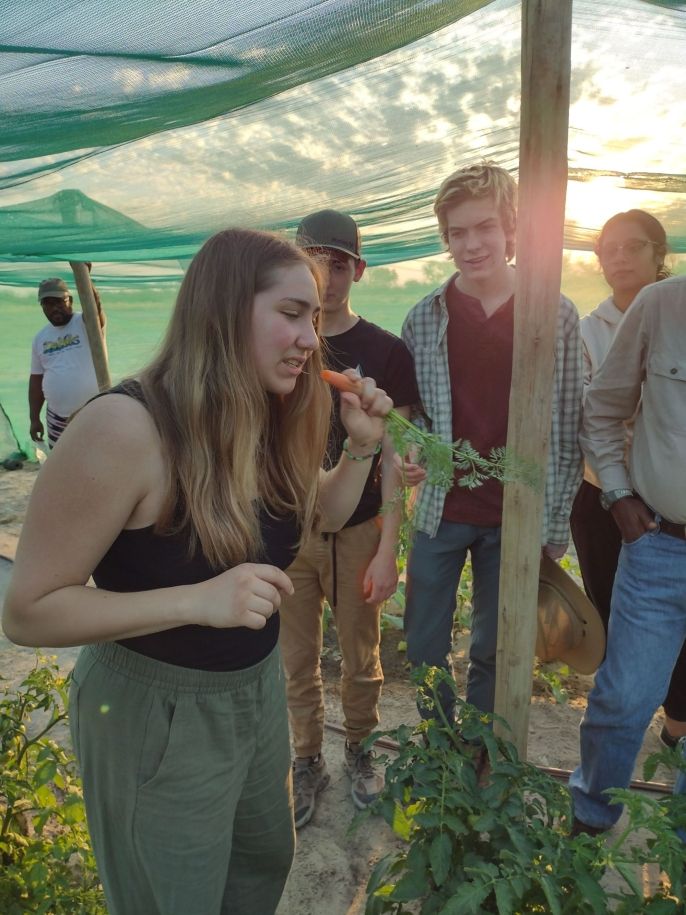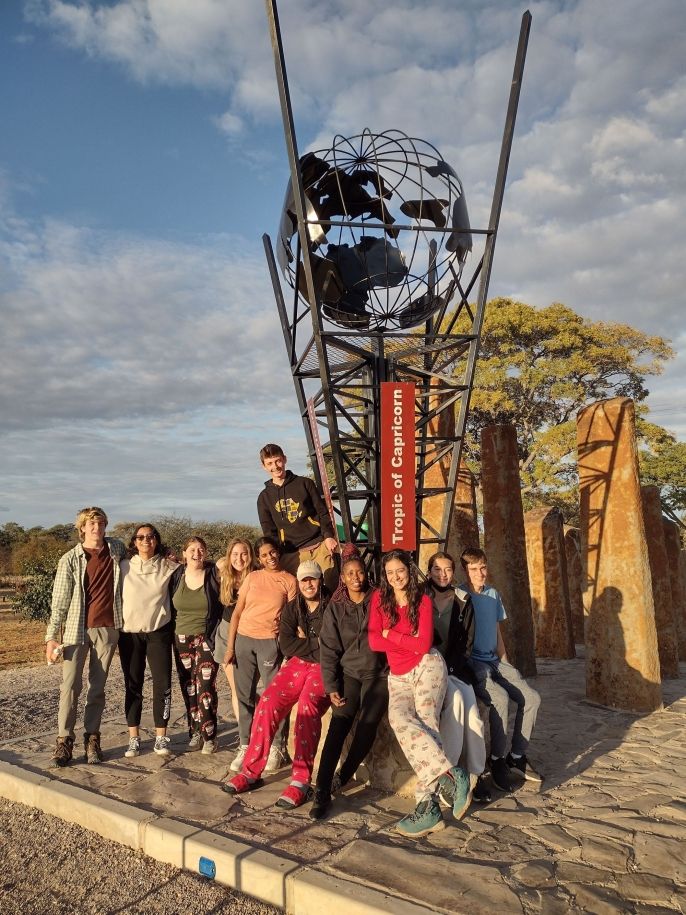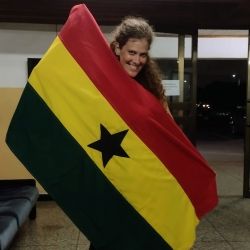A Week In The Wild
Sorry for the absence, the wild was calling. We have had a week of unforgettable adventures full of wildlife, rural Botswana and disconnection. We visited numerous places, some brought us closer to nature and others closer to the people and organizations that are helping those who need it most.
Khama Rhino Sanctuary
We began our trip at a rhino sanctuary where we got our first rhino sighting, plus many more to follow, including a mother and her baby. This sanctuary started with the only four rhinos left in Botswana 30 years ago. In the beginning one died, however since then they have been multiplying. Now they are at a carrying capacity of 100, having to relocate them when they exceed this number.
SOS Children's Village Serowe
This was an afternoon trip full of sharing joy and spreading love with local youth. The village was created for orphans and vulnerable children. In some cases it's permanent, some times it's just a transitional space until the situation changes at home. They have built the area with many houses to make it seem like it's own village and the children feel at home. We spent hours playing outdoor games, them teaching us netball and us teaching them tag. The students wanted to return the next day, even trying to figure out how to alter our busy schedule. It was impactful to the students and our hosts said they never saw the kids so happy.
The Okavango Delta
This is an impressive ecosystem, the only one of it's kind. Here we put down our phones, listened to the birds, floated in dugout canoes and met community based organizations working to bring resources to rural communities as well as sharing ideas of conservation. Many assume conservation is based around sanctuaries or conservancies protecting endangered species. Yes this true, but more than that, it's human wildlife conflict as many communities are affected by wildlife eating their livestock or their crops, threatening their livelihood. We learned firsthand how NGO's and tourism are ways to promote conservation as locals are able to find work in these industries as well as educate each other on the matter. Such projects bring new value to the wildlife, encouraging locals to protect it rather than see it as an enemy in their environment. Conservation is very complex, but the students have learned that if we think with a global centric perspective we can see how we all fit in the circle of life.
Related Posts
Final Reflections and Advice for Future Students
It is our last day here in Botswana and before all the tears began, we asked students to share some of their final reflections and thoughts. Over the past three... keep reading
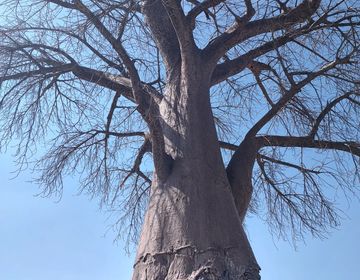
A Baobab that rose from the Okavango Delta
There are some things that are iconic to the continent of Africa- the big five, delicious food and the majestic Baobab tree. The Baobab is known as the tree of... keep reading
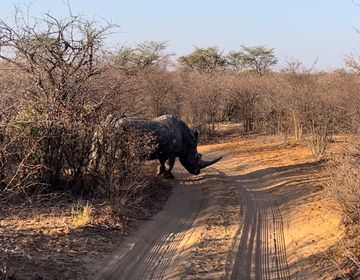
Khama Rhino Sanctuary
The first stop on our journey to the northern part of Botswana was the Khama Rhino Sanctuary; established in 1992, the sanctuary is a “community based wildlife project” aimed at... keep reading
